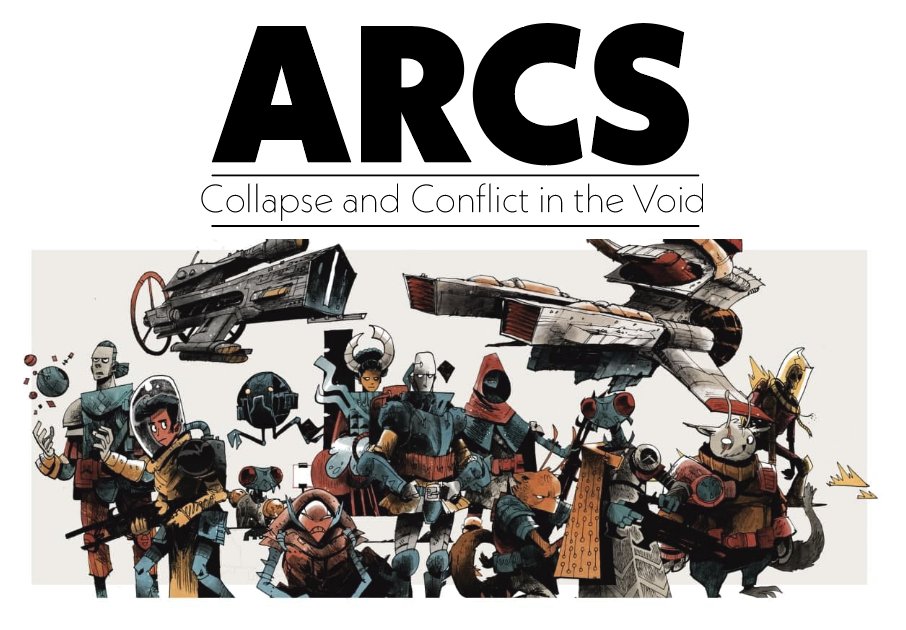As I get back to work this morning, I just wanted to say how grateful I am for all of the folks who came to see @LederGames at #PAXUnplugged. You are all wonderful, and it's an incredible privilege and honor to be able to work on these games for you.
It's also worth saying that the the show was beautifully run and set the bar for what a large tabletop convention can be. Many thanks are owed to the amazing PAX workers and the enforcers who ran everything so smoothly. That's no small feat, @pax!
Special shout out to @fencedingates for doing the convention organizing and for the amazing work she did with @PatiHyun in creating the nicest booth we've ever had. Kudos also to @AnyaynA and Ali Lind for having me over the Kickstarter booth and for making this show so special.
I was lucky to meet so many interesting people working on fresh concepts. I couldn't help but be filled with optimism about the state of the art and excited about the many upcoming projects from first-time creators that will launch next year.
I'm grateful too for the many wonderful folks who I've gotten to know in the industry. It was nice to see so many of you at the show, even if it was just in passing. I hope the next time we see each other there will be more time to catch up.
• • •
Missing some Tweet in this thread? You can try to
force a refresh






